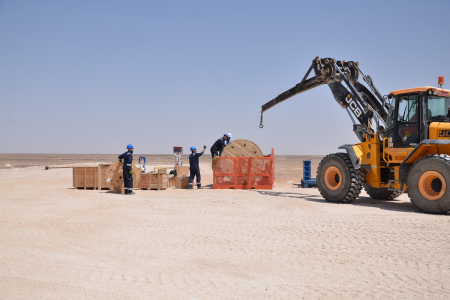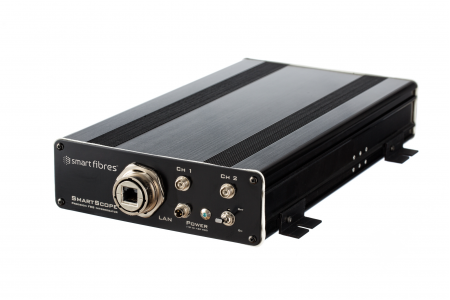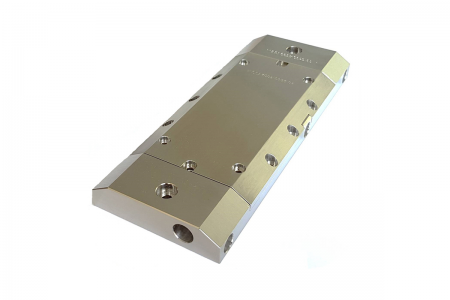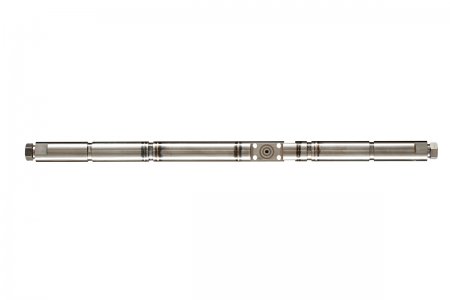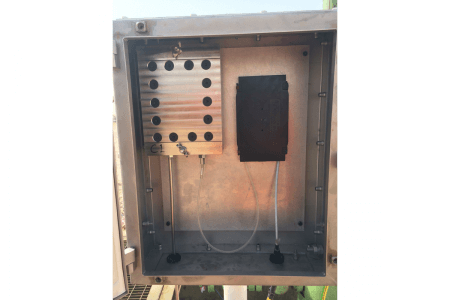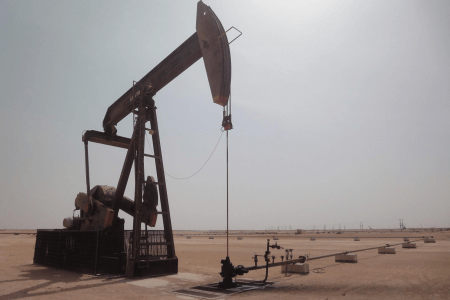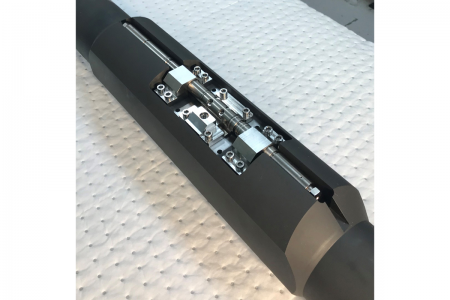Distributed Pressure and Temperature Sensing System
Smart Fibre' Distributed Pressure and Temperature Sensing System, or DPTS, is a novel, low-cost technology solution for permanent, downhole pressure and temperature measurements in the oil & gas industry. Our DPTS technology is comprised of a string of optical SmartPort pressure/temperature gauges, downhole optical cable, SmartPB surface pressure barrier, Wellhead SmartScope surface instrumentation and SmartSoft application software.
Potential applications of DPTS include:
- real-time fluid level measurement to aid intelligent reservoir production
- multi-zone production pressure and temperature monitoring for improved recovery, optimized well performance and enhanced control of different zones
- fluid off-take monitoring in artificial lift wells to prevent pump damage
- high pressure, high temperature well monitoring
- inflow profiling in production and injection wells
- kick detection for advanced well control
Features:
- No downhole electronics
- Long-term stable operation in harsh well environment
- Immune to electromagnetic interference
- Real-time permanent pressure and temperature
- Tubing and annulus pressure options
